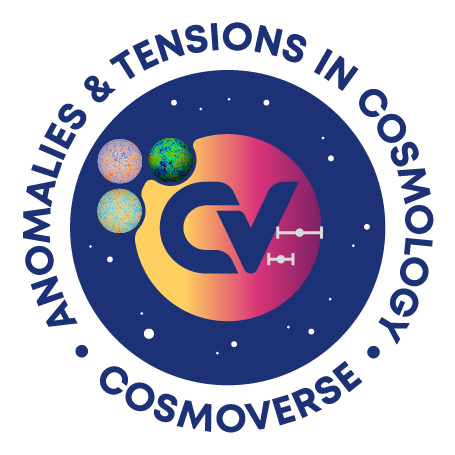Quantitative solutions to the Hubble tension have been toyed with in exact inhomogeneous cosmologies for decades. Fundamentally we must ask:
- Can the average expansion history of matter and structures in the observed Universe be realistically and rigorously reduced to a Friedmann-Lemaitre-Robertson-Walker (FLRW) model?
- Can observed departures from average FLRW expansion always be exactly reduced to a local Lorentz boosts, i.e., peculiar velocities, of the source, observer and intervening structures?
It is a direct consequence of the general relativity that the answer to the above questions is no. However, since the standard Λ Cold Dark Matter cosmology can explain so much, any realistic alternative must give answers which are (i) theoretically compelling; (ii) agree with observational tests of ΛCDM within instrumental, statistical and systematic uncertainties; (iii) explain observed tensions and anomalies; (iv) make predictions for new experiments.
The Timescape cosmology has provided such a framework since 2007 but its predictions had to wait for the level of precision now available in the 2020s from multi-messenger astronomy, and complementary missions from DES, DESI, … to Euclid and JWST. Notably, independent projections made for the Euclid satellite in 2014 indicate that within 5 years either the FLRW expansion history, or any realistic non-FLRW alternative, will be falsified.
Firstly, by a thorough reanalysis of the Pantheon+ catalogue of 1535 unique supernove Ia (arXiv:2311.01438) – including details of light-curves, bootstrapped resampling, convergence by both Bayesian and complementary frequentist statistical methods – we find a self-consistent resolution of debates about the basic cosmological paradigm in which:
- the “Hubble tension” is resolved;
- the Timescape (with backreaction and no cosmological constant) is a marginally better fit than Lambda Cold Dark Matter (LCDM);
- empirical astrophysical puzzles (“Hubble bubble”, galactic dust properties) are resolved;
- hidden detail in the light-curve data is revealed by a new empirical scheme which admits non-FLRW average expansion.
Secondly, application of similar methodology to the largest strong gravitational lens catalogue (arXiv:2403.11997) favours Timescape. For Singular Isothermal Sphere lens profiles, models with FLRW spatial curvature fit better as the free parameter approaches an unphysical empty universe, ΩM0 → 0. By contrast, the Timescape single free parameter, the void fraction, is driven to 𝑓v0 → 0.73, within the uncertainty found from Planck CMB data, and from Sne Ia tests.
Thirdly, empirical data-driven approaches to the construction of void finders are adapted to develop rigorous tools for novel approaches to void statistics in full numerical general relativity simulations (arXiv:2403.15134). Within the limits of resolution of the simulations, the results are again consistent with Timescape parameters.
We welcome discussion about open questions, current limitations, ongoing investigations and further observational tests.
